Research may help in development of antioxidant therapy
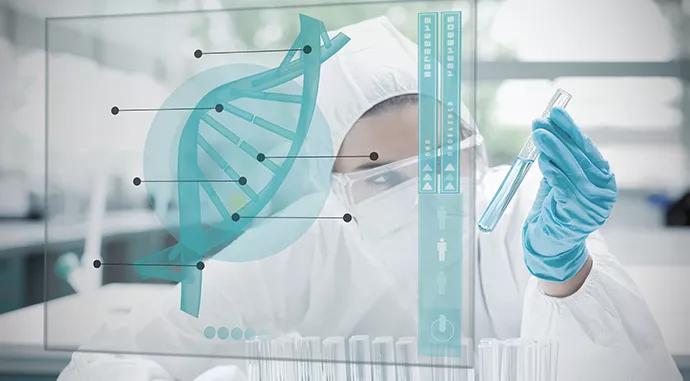
By Ashok Agarwal, PhD, and Rakesh Sharma, PhD
Cleveland Clinic is a non-profit academic medical center. Advertising on our site helps support our mission. We do not endorse non-Cleveland Clinic products or services. Policy
Semen analysis does not provide information on the underlying molecular alterations in the seminal ejaculates of infertile men. Oxidative stress can affect sperm function and results in modification of proteins in the spermatozoa. Proteomics is the study of the protein profile of spermatozoa or seminal plasma and utilizes MALDI-TOF (matrix assisted laser desorption ionization – time of flight) and LC-MS/MS (liquid chromatography– mass spectrometry/mass spectrometry).
We examined the effect of oxidative stress on the alteration of protein profiles in spermatozoa and seminal plasma of 32 infertile men and 20 healthy males. Levels of reactive oxygen species (ROS) were measured, and samples were categorized into ROS positive (ROS+; < 20 RLU/s/106sperm) and ROS negative (ROS-; > 20 RLU/s/106sperm) groups.
Two-dimensional differential in-gel electrophoresis (2-DIGE)-based proteomics of spermatozoa was conducted. Spermatozoa were labeled with Cy3/Cy5 fluorescent dye. Protein spots exhibiting > 1.5-fold difference in intensity were excised from the preparatory gel and identified by LC-MS. A total of 1,343 protein spots in gel 1 (ROS-) and 1,265 spots in gel 2 (ROS+) were detected. The majority of protein spots had similar expression, with 31 spots that were differentially expressed. Six spots were significantly decreased and 25 increased in the ROS- sample compared with the ROS+ sample. Significantly different expression of protective proteins against oxidative stress was found in ROS- sample compared with the ROS+ sample.
The same samples were next subjected to LC-MS/MS analysis through in-solution digestion of proteins for peptide characterization. Of the 74 proteins identified by Mascot and SEQUEST, 10 proteins with a twofold difference were overexpressed and five were underexpressed in the ROS+ group; energy metabolism and regulation, carbohydrate metabolic processes such as gluconeogenesis and glycolysis, protein modifications, and oxidative stress regulation were some of the metabolic processes affected in the ROS+ group. We identified proteins involved in a variety of functions associated with response and management of oxidative stress. Overexpression of histone cluster 1, mitochondrial malate dehydrogenase precursor, transglutaminase 4, glutathione peroxidase 4 isoform A precursor, glutamine synthetase and heat shock proteins in the ROS+ samples suggests that these proteins may serve as potential biomarkers of oxidative stress.
Clear seminal plasma was separated and pooled into two groups and subjected to LC-MS/MS. Fourteen proteins were identified by Mascot and SEQUEST and categorized as being either unique or common to both the ROS+ and ROS- groups (Table 1). Three proteins were uniquely expressed in the ROS- group (blue), and four proteins were unique to the ROS+ group (red); nine proteins were commonly expressed in both groups. The upregulated proteins in the ROS+ group included prolactin-induced protein, semenogelin II precursor, and acid phosphatase and prostate short isoform precursor. Interestingly, the majority of the proteins identified as unique to the ROS+ group are present in their precursor form, strongly suggestive of post-translational problems. Another striking finding was the abundance of prolactin-induced protein in the ROS+ group.
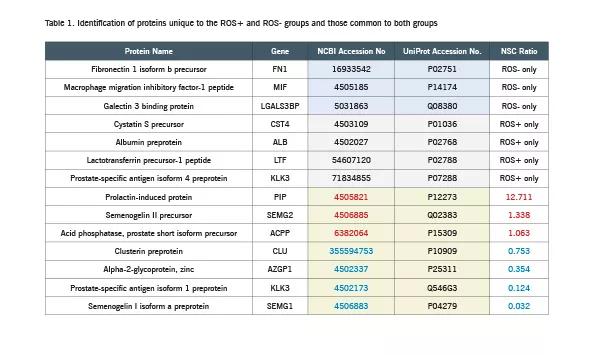
In order to identify the differentially affected processes, pathways, cellular distribution and protein-protein interactions among proteins in the two study groups, we performed functional bioinformatics analysis using publicly available and proprietary software. The majority of the differentially expressed proteins that were over- or underexpressed in the ROS+ group compared with the ROS- group were localized in the cytoplasmic and intracellular regions.
Transcriptional regulatory network analysis of the differentially expressed proteins showed androgen receptor as one of the top regulators, with 21 differentially expressed proteins in the ROS+ group interacting with the receptor (Figure). Further validation through western blot is necessary to identify the biomarker status of the proteins in pathological conditions attributed to oxidative stress.
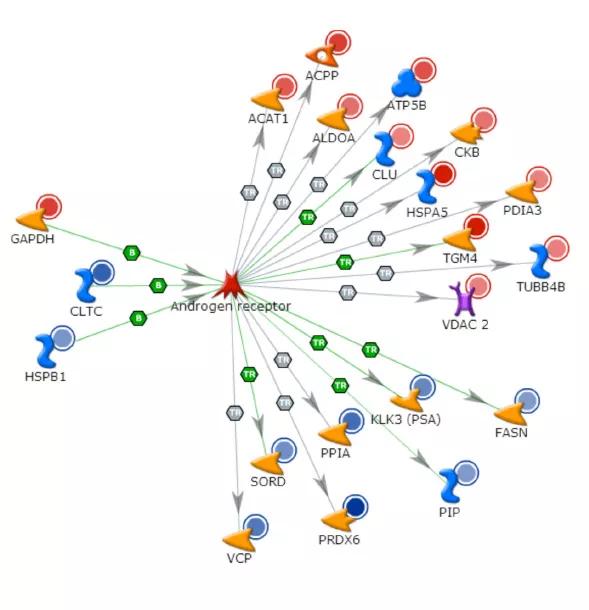
In these preliminary studies, we have established a platform to utilize proteomic tools and examine other etiologies in an effort to unravel the underlying mechanisms of male infertility and develop appropriate antioxidant therapy to alleviate oxidative stress-related infertility.
Dr. Agarwal (agrarww@ccf.org) is Director of the Clinical Andrology Laboratory and the Center for Reproductive Medicine.
Dr. Sharma (sharmar@ccf.org) is Coordinator of the Clinical Andrology Laboratory and Center for Reproductive Medicine.
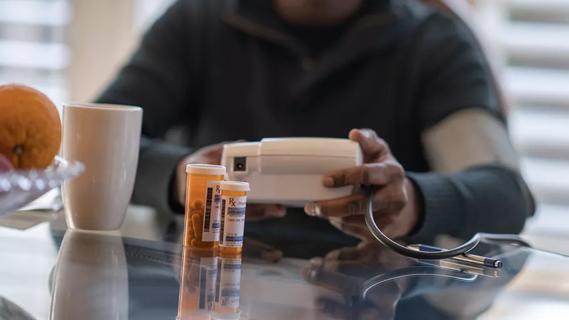
Clinicians should individualize dosing practices based on patient risk factors and preferences
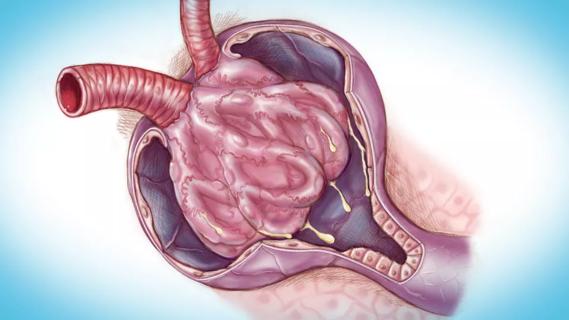
Fully-automated process uses preop CT, baseline GFR to estimate post-nephrectomy renal function
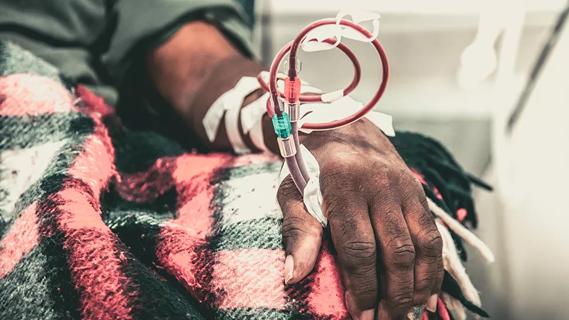
Could mean earlier treatment, but also could have negative effects

Identifying barriers in the renal genetic assessment of Black patients
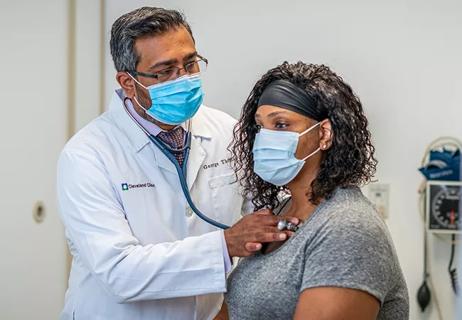
Getting patients to their goal blood pressure
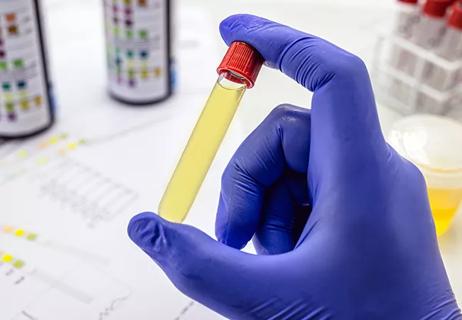
Study highlights benefits of nephrologist-led urine sediment analysis
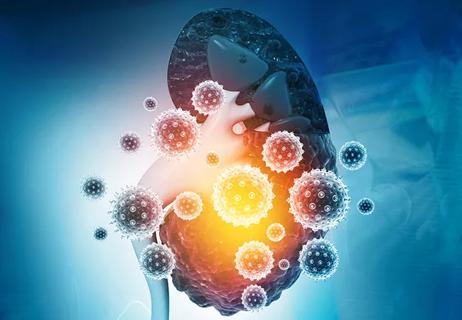
Using sequencing data to identify novel factors linked to kidney disease with unknown origin
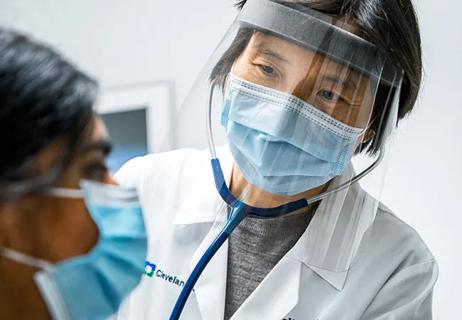
Program plays key role in diagnosis and management of genetic kidney diseases